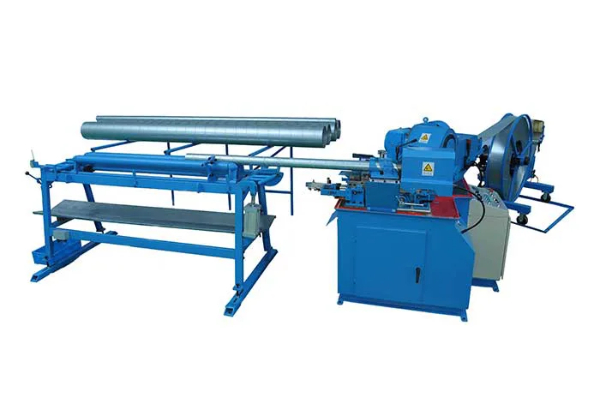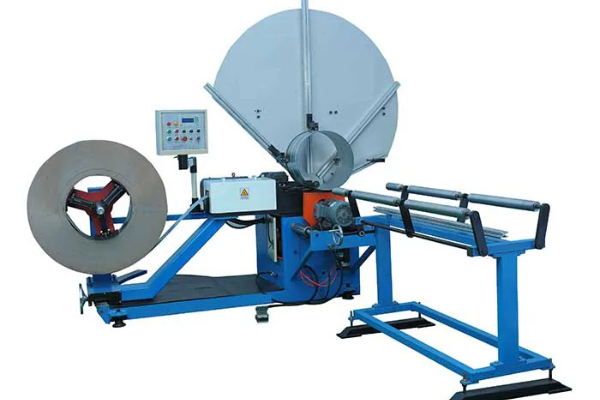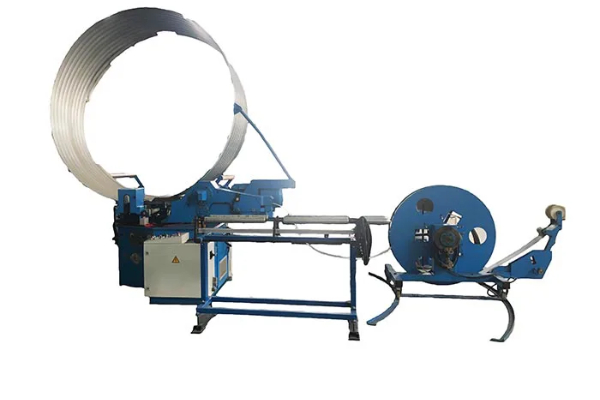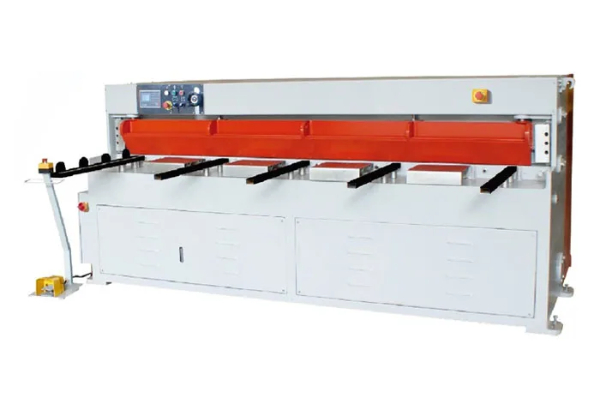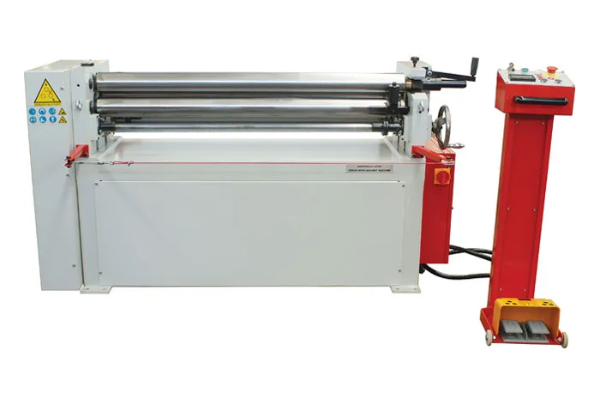
The Environmental Impact of Steel Laser Cutter Machines and Sustainable Practices
- By:Metmac
- 2024-08-21
- 88
In an era of heightened environmental awareness, the relentless march of industrialization poses a formidable threat to the planet’s well-being. Amidst this industrial landscape, steel laser cutter machines emerge as transformative tools, yet their environmental footprint remains a subject of growing concern. This article delves into the environmental impact of these machines and explores sustainable practices to mitigate their detrimental effects.
Environmental Impact of Steel Laser Cutter Machines
Laser cutter machines, employing high-intensity laser beams, precisely cut through sheet metal, including steel. However, this process can release harmful pollutants into the environment. The laser’s interaction with steel generates fumes that contain toxic particles, such as heavy metals and volatile organic compounds (VOCs). These emissions can contribute to air pollution, respiratory illnesses, and the degradation of ecosystems.
Moreover, laser cutting involves the use of significant amounts of energy, primarily electricity. The energy consumption associated with running these machines can strain power grids and elevate greenhouse gas emissions, particularly when non-renewable energy sources are utilized.
Sustainable Practices for Mitigation
Recognizing the environmental impact of steel laser cutter machines, industries have adopted sustainable practices to minimize their ecological footprint. These practices include:
Fume Extraction Systems: Advanced fume extraction systems capture and filter pollutants, preventing their release into the atmosphere. These systems utilize activated carbon filters or electrostatic precipitators to remove toxic particles effectively.
Water Jet Cutting: Water jet cutting, an alternative to laser cutting, employs a pressurized stream of water to cut through metal. This method eliminates harmful fumes and significantly reduces energy consumption compared to laser cutters.
Energy-Efficient Machines: Manufacturers are developing energy-efficient laser cutter machines that consume less electricity. These machines incorporate advanced power-saving features, such as automatic shutdown when not in use, and optimized cutting parameters.
Recycling and Reuse: Steel scrap generated during laser cutting can be recycled to minimize landfill waste and recover valuable materials. Additionally, laser-cut parts can be reused in other applications, extending their lifespan and reducing the need for new production.
Conclusion
Steel laser cutter machines are powerful tools that have revolutionized the metalworking industry. However, their environmental impact cannot be overlooked. By adopting sustainable practices such as fume extraction, water jet cutting, energy-efficient machines, and recycling, industries can mitigate these detrimental effects and contribute to a greener future. As technology advances and environmental awareness intensifies, it is imperative that we embrace innovative and sustainable solutions to preserve the planet for generations to come.
-
Advanced Duct Machine AC and Fabrication Solutions from Metmac
2025/07/12 -
The Advantages of Using a Sheet Roll Forming Machine in Manufacturing
2024/09/14 -
How to Optimize Your Laser Sheet Cutting Machine for Maximum Performance
2024/09/12 -
How to Maximize Efficiency with Modern Sheet Metal Working Machines
2024/09/04
-
High-Precision Duct Forming, Cutting, and Bending Machines by Metmac
2025/07/12 -
Efficient Duct Board Cutter and HVAC Duct Machines for Sale by Metmac
2025/07/12 -
Efficient Laser Cutting Machines for Steel Plate and Sheet Metal Fabrication
2025/07/03 -
Versatile Sheet Metal Machinery for Precision Fabrication
2025/07/03
-
A Guide to the Latest Innovations in Sheet Metal Folding Machines
2024/11/29 -
Key Features to Consider When Investing in a Sheet Metal Folding Machine
2024/11/28 -
Enhancing Precision with Advanced Sheet Metal Folding Machines
2024/11/27 -
How to Choose the Right Sheet Metal Folding Machine for Your Workshop
2024/11/26
